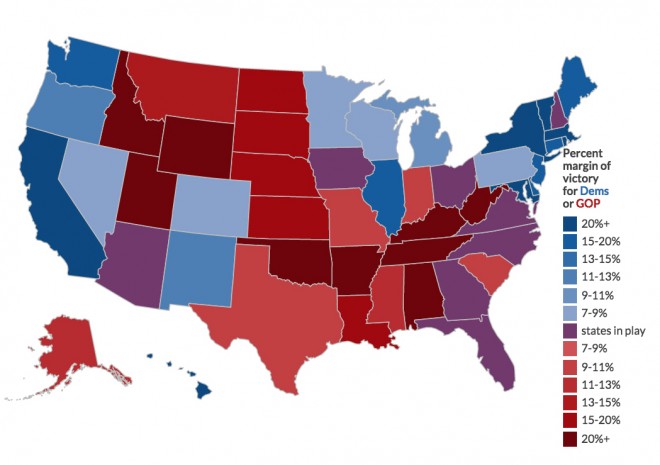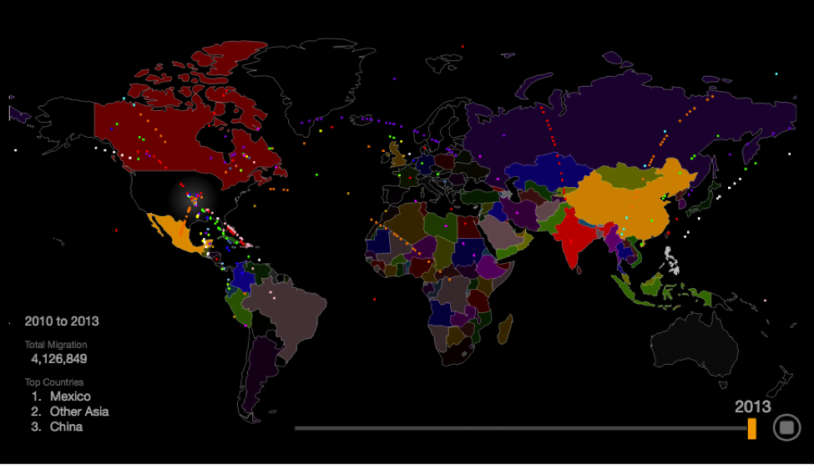Weekend Reading: Highlights from this week’s immigration news (May 9 – 13)
Date: May 13, 2016
Pew Research Center found that the number of citizenship applications reached its record high in four years. From last October to this January, 249,609 permanent residents applied for naturalization, a 5-percent increase from the same period ahead of the 2012 elections. Though recent headlines have suggested that the jump is in response to Donald Trump’s candidacy, Pew reports, “There have been much larger percentage increases in past years, with jumps not always coming during election years.” Pew also notes that, “while Hispanics and Asians have long had significantly lower voter turnout rates than whites and blacks, Hispanics and Asians who are naturalized citizens tend to have higher voter turnout rates than their U.S.-born counterparts.” (Check out PNAE’s interactive voter map to see how increased numbers of Hispanic and Asian voters could impact the results of the 2016 and 2020 elections.)

On Tuesday, the Montana Supreme Court ruled that state officials are not allowed to report the immigration status of people seeking state services, including unemployment insurance benefits, crime victim services, university enrollment and financial aid, and services for the disabled. “The risk of inconsistent and inaccurate judgments issuing from a multitude of state agents untrained in immigration law and unconstrained by any articulated standards is evident,” Justice Patricia Cotter wrote in the opinion.
A piece in the Wall Street Journal highlighted the story of Sayu Bhojwani, an Indian immigrant who founded a nonpartisan organization to train immigrants seeking elected office. From 2011 to 2015, 33 candidates from the project ran for office, with 10 winning their races. “There is a maturation in the immigrant community,” Ms. Bhojwani said. “People we have, in the past, done get-out-the-vote work for, have not been as consistently responsive to our needs as we would like. That, I think, gives you more of an impetus to run yourself.”
Animator Max Galka created a time-lapse interactive map showing the countries of origin for the 79 million immigrants who obtained permanent residency in the United States from 1820 to 2013, using data from the U.S. Department of Homeland Security’s Office of Immigration Statistics.

(Credit: Metrocosm)
